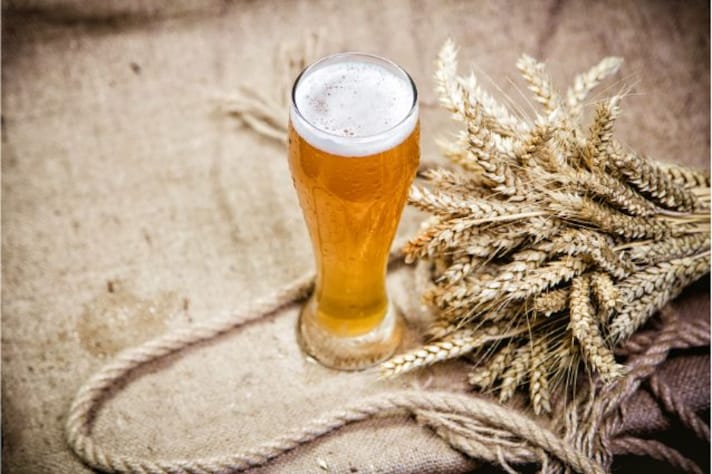
For beer enthusiasts and craft brewers, color is an important aspect often surrounded by much discussion. The truth is, there are various factors that can influence the color of beer, but one stands out among them all.
Do darker beers taste better?

Beer connoisseurs keep an eye out for colors as it is an easy tell of its taste profile. Several factors influence the colour – and presumably the taste – of beer. Below are the two vital factors:
1. Grain:

On a molecular level, all beers are red, but most are not visibly red. The coloration of beer is influenced by a molecular reaction in grains, which are colored by melanin, resulting in a rust-red pigmentation. Different types and combinations of grains alter the appearance and taste of the final product.
Lighter beers are generally softer and crisper, while darker ones tend to be more intense and bitter. Some brewers incorporate additional ingredients like coffee, caramel, or fruit extracts, which can also affect the color and taste of the beer.
2. Time:
Time plays a significant role in beer color. As beer ages, particles in suspension start to settle, causing the remaining beer to reflect less light and appear darker over time. This also contributes to the signature richness that beer lovers appreciate on darker colored beers’ taste profile.

Other Factors That Influence the Color of Beer
Several additional factors contribute to beer color to a lesser extent. They are:
- Boiling Duration: Longer boiling times lead to more Maillard browning, creating a wide range of flavors and aromas and darkening the beer.
- pH Level: A more acidic pH level results in a paler beer, and lowering pH during fermentation can lighten the beer slightly.
- Yeast Strain: Yeast characteristics, specifically flocculation, affect how long yeast remains in suspension, influencing the beer's color.
- Hops Usage: Polyphenols and acids from hops can create a haze and impact the perceived color of the beer.
Conclusion
Various factors contribute to beer color, with grain and time being the two primary influences. It's essential to note that beer color doesn't necessarily correlate with alcohol content. While conventional wisdom suggests lighter beers have lower alcohol content and darker beers have higher alcohol content, exceptions exist.
;Resize,width=767;)
